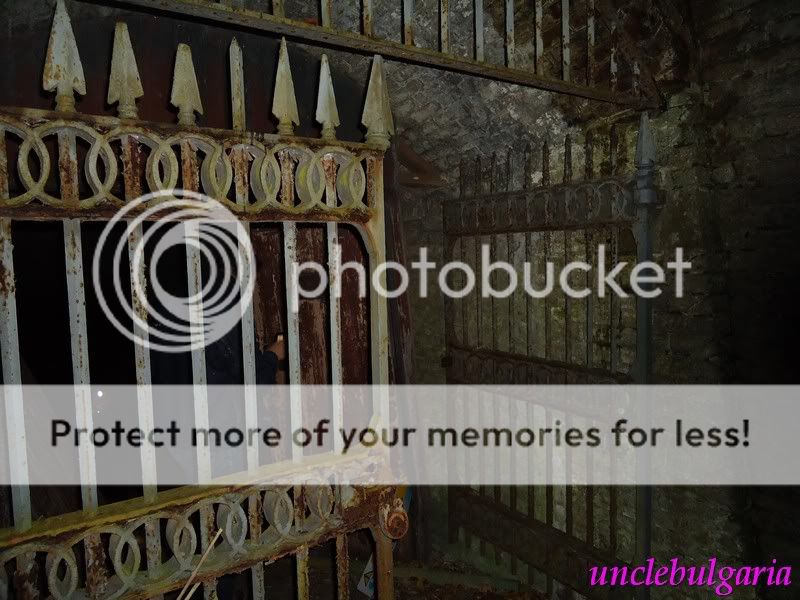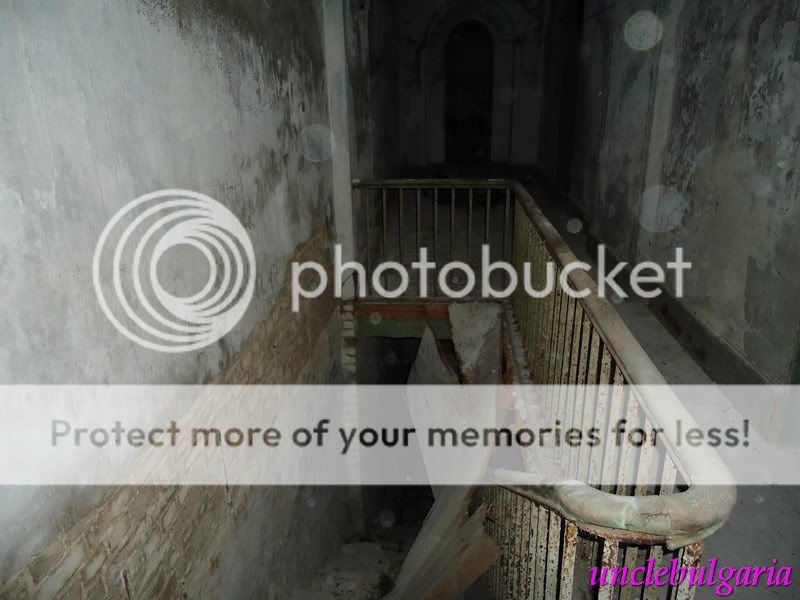unclebulgaria

Posts : 23
Join date : 2010-05-21
 |  Subject: Fort Burgoyne,Dover,11/11/10 Subject: Fort Burgoyne,Dover,11/11/10  Thu Nov 11, 2010 5:59 pm Thu Nov 11, 2010 5:59 pm | |
| This was quite a tricky explore as we did it in the dark,return visit is required as we only explored a small part of this place,visited with wevsky & nitewalker. The history. In August 1859 a Royal Commission was instructed to look into the “present state, condition and sufficiency of the Fortifications existing for the defence of our United Kingdom.” One of the experts consulted by the Commissioners was General Sir John Burgoyne, who pointed out that any attacker who could occupy the high ground to the north of Dover Castle would dominate the Castle. He recommended that a fort be built on this high ground to protect the Castle from attack. Work started on the construction of the fort in 1861, and it was originally known as Castle Hill Fort but was soon renamed Fort Burgoyne in honour of the General. The fort was finally completed by the end of 1868 at a total cost of £88,053. The fort is polygonal with a 35 foot wide ditch around it. In the centre of the north face, hidden in the ditch, is a double caponier to give flanking fire along the ditch floor in both directions. At both the north-east and north-west corners of the fort are single caponiers, with another on the west flank to give cover to the remaining ditches. The main fort is flanked by two wing redoubts, each with its own gun emplacements, one on each side connected to the main fort by ditch works. The battery at the west wing was protected by a caponier to defend the ditch. The Dover to Deal road crosses the eastern ditch and the Dover to Guston road the western ditch. In the centre of the fort is a parade ground surrounded on three sides by bomb proof barracks protected by a covering of earth on top of which were the main gun positions. There are also two earth ramps from the parade ground up to the level of the gun emplacements for the transporting of the guns to their emplacements. The fort was initially armed with 29 guns on the ramparts of which 6 were in Haxo casemates (bomb proof vaulted gun emplacements designed by General Haxo). In the caponiers and flanking batteries there was room for 26 smaller guns, and two guns on the parade ground level protected the ditch to the east wing battery. East wing battery was equipped with five guns and west wing battery with four. The armament of the fort was updated though out the 19th century to keep abreast of developments in weaponry. By 1906 all the large guns had been removed and replaced by three machine guns in the fort and three in its wing batteries. At this time the fort became a defensible barrack and a base for mobile guns rather than a permanent defence. During the First World War brick gun emplacements were constructed and during the Second, when the fort was home to two batteries of 25 pounder field guns, concrete emplacements were added. Fort Burgoyne remains virtually unchanged today but it is not accessible to the public, being within the secure area of Connaught Barracks.                 | |
|
